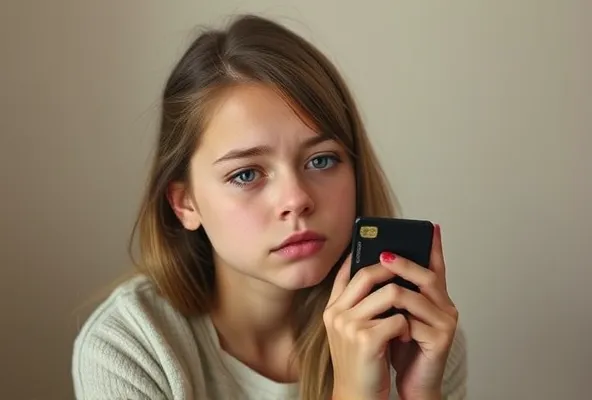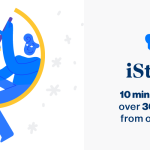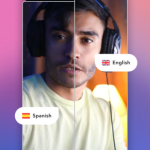From Swipe to Sinking: The Hard Lessons of Credit Card Debt
The Beginning: My First Credit Card
It all started innocently enough. I was 23, just out of college, and trying to figure out life. I had a job that didn’t pay much, but it covered the basics—rent, groceries, and my student loans. One day, I opened my mailbox to find a letter that I’d heard so much about but never thought much of: a credit card offer.

 Interior
Interior Exterior
Exterior Engine
Engine


“Pre-approved!” the envelope shouted. Inside was a shiny promise of instant financial freedom—a $3,000 credit limit. It seemed too good to be true. I had never had a credit card before, but I figured, Hey, why not?
I was always careful with my money, and this card came with cash-back rewards and a low-interest rate. I thought, How bad could it be?

The Slippery Slope: How It All Went Wrong
For the first few months, everything was fine. I used the card sparingly—just for groceries or gas, nothing crazy. I always paid the minimum amount due, and the balance stayed pretty low. But then, life started happening.
I had a rough month financially—my car needed repairs, my rent was higher than I expected, and I had some unexpected medical bills. Suddenly, my bank account was empty, and I didn’t know what else to do. So, I swiped my credit card.
“No big deal,” I thought. “I’ll pay it off next month when things get better.”
Spoiler alert: they didn’t.
The next month, I needed the card again—this time for groceries. Then it was for a night out with friends because, well, I deserved a break, right? Before I knew it, my balance had crept up to $2,000, and I wasn’t even sure how it had happened. But the worst part? I didn’t feel the pain of spending money. Each swipe felt like a small decision, not realizing that I was digging a hole I couldn’t get out of.
The Real Problem: Minimum Payments and Interest
I convinced myself that everything was still under control because I was making the minimum payment every month. But what I didn’t understand at the time was how much interest was piling up.
Sure, my minimum payment was only $50 or $75 a month, which seemed manageable. But the interest rate on my card was 19%, and every time I paid the minimum, the majority of it was going toward the interest, not the principal. I wasn’t really paying off my debt—I was just treading water, barely making a dent in the balance.
As months went by, the credit card balance grew, and the interest started snowballing. Suddenly, I was paying $100 a month, then $150, but the balance kept getting bigger. It was like throwing money into a black hole.
The Tipping Point: When It All Collapsed
Then came the tipping point. I remember it clearly: a Saturday afternoon when I decided to check my credit card balance after ignoring it for weeks, hoping it would magically disappear.
The balance? $3,200.
I had maxed out my credit card, and I couldn’t make a single payment without the interest piling up even higher. My heart sank as I realized just how deep I was in. Not only had I maxed out my credit card, but I didn’t have the cash to pay it off. Worse, the high balance had lowered my credit score, and I started receiving calls from the credit card company, politely reminding me that my payment was due…again.
The Consequences: A Financial Wake-Up Call
The stress of carrying this debt was crushing. I lost sleep over it, constantly worrying about how I was going to make my payments and still pay rent, utilities, and groceries. The interest on the credit card felt like it was spiraling out of control. I started falling behind on my payments, and soon, the late fees kicked in.
My once “low-interest” credit card had turned into a financial disaster. Between the growing interest and late fees, my debt grew to nearly $4,000. I didn’t know what to do. I felt trapped, ashamed, and scared. No one had ever explained to me how bad things could get when you let your credit card debt spiral out of control.
The Hard Lesson: Crawling Out of Debt
Eventually, I reached a breaking point. I knew I couldn’t live like this anymore, drowning in credit card debt. I decided it was time to get serious about paying it off, but it wasn’t easy. Here’s what I did—and what I learned along the way:
1. Stop Using the Card:
The first thing I had to do was stop using the credit card entirely. Every swipe was just making the problem worse, so I put the card away (literally, I froze it in a block of ice) and promised myself I wouldn’t touch it again until I could pay off the balance.
2. Pay More Than the Minimum:
I realized that the minimum payment wasn’t getting me anywhere. I started putting every extra dollar I had toward the credit card, even if it was just an extra $20 here or $50 there. Slowly, I started chipping away at the balance.
3. Set a Budget:
I had to get serious about my spending. I made a strict budget and stuck to it, cutting out unnecessary expenses like eating out and impulse purchases. Every spare dollar went toward the credit card.
4. Snowball Method:
I used the “debt snowball” method, where I focused on paying off the highest-interest debt first (the credit card) while making minimum payments on everything else. Once I started to see the balance drop, I felt a sense of relief—and a glimmer of hope.

The Climb Back: Finally Becoming Debt-Free
It took over two years of hard work and sacrifice, but I eventually paid off the entire $4,000 credit card balance. The day I made that final payment was one of the best days of my life—I felt like a huge weight had been lifted off my shoulders.
But the experience taught me some harsh lessons about credit card usage. I realized that credit cards can be useful tools if used wisely, but they can also be dangerous traps if you’re not careful. Here’s what I wish I had known from the beginning:
The Key Lessons I Learned About Credit Cards
1. Don’t Spend What You Can’t Afford:
This seems obvious, but it’s easy to forget when you’re swiping your card. If you don’t have the money in your bank account to pay off the balance, don’t put it on your credit card.
2. Pay More Than the Minimum:
Making only the minimum payment is the easiest way to get trapped in debt. Always aim to pay off the full balance or at least more than the minimum.
3. Know Your Interest Rate:
I didn’t pay attention to the interest rate when I got my card, but it’s critical. High-interest rates can make your balance grow faster than you can pay it off.
4. Avoid Late Fees:
Late fees are just pouring salt on the wound. Set up automatic payments or reminders to make sure you never miss a payment.
5. Don’t Rely on Credit for Emergencies:
I learned that an emergency fund is critical. Using a credit card to cover emergencies only puts you further into debt. Save up an emergency fund so you don’t have to rely on credit when life throws you a curveball.
Based on a True Story
This account is inspired by real-life experiences of people who have struggled with and overcome credit card debt.










